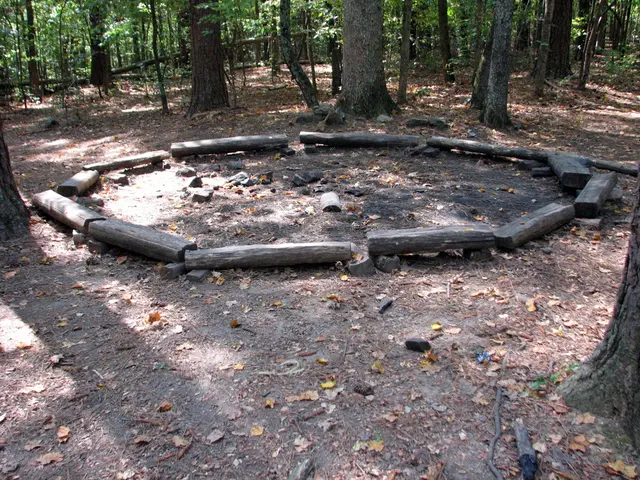Oklahoma's Earthquakes Quadruple: New Study Offers Targeted Solution
Oklahoma has emerged as the most earthquake-prone region in the contiguous United States, with a staggering 900-fold increase in seismic activity since 2009. A new study published in Science by Roger Cooke and colleagues offers fresh insights into the link between wastewater disposal and these earthquakes.
The study pinpoints the depth of injection wells relative to the basement-sedimentary cover interface as a key factor in earthquake risk. By raising injection well depths further above the basement rocks in critical areas, the annual energy released by earthquakes could significantly decrease, making larger earthquakes less likely. This targeted approach, enabled by the study, allows state regulators to explore more cost-effective ways to mitigate induced earthquake risks.
Increased oil and gas activity, particularly wastewater from drilling, has been identified as a major contributor to this rise in seismic activity. The paper provides a clearer picture of the causal relationship between wastewater disposal and earthquakes in Oklahoma, helping to inform policy decisions and industry practices.
The new study in Science offers Oklahoma a pathway to reduce the risks of induced earthquakes. By adjusting injection well depths and targeting key areas, the state can potentially decrease the annual energy released by earthquakes, making larger earthquakes less likely. This targeted approach promises a more cost-effective way to tackle the growing seismic activity in the region.








